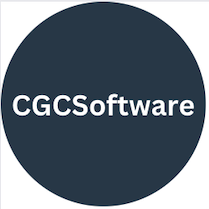At the end of October I went to AngularConnect a massive Angular conference, the biggest conference I’ve ever been to.
The first day of the conference was a series of workshops about Angular 2, Angular 1 and Ionic. I went to the Ionic workshop, which was all about Ionic 2. It was a great workshop, using the new alpha of Ionic 2. This was my first exposure to Ionic and Angular 2 along with TypeScript.
Like a lot of people I’ve seen the slides from the ng-conf presentation where scope and controllers were both declared dead in Angular 2. So I was interested in seeing how the new version was structured.
Getting to work with Ionic 2 in the workshop gave me a great introduction to both TypeScript and the component based structure of Angular.
That was the Monday, then on the Tuesday the conference started proper. First off was the keynote by Brad Green. I like everyone else was hoping that the alpha of Angular 2 was going to be announced, but it was (though I’m sure it’s close). The keynote was great, full of details about Angular, the Angular eco-system and the performance gains that are coming with Angular 2, really it can’t come quick enough.
Here’s a list of the talks I went:
- Building cross-platform apps with Ionic 2
- Routing in Eleven Dimension with Component Router
- Full Stack Angular 2
- Extreme programming in a Nutshell
- Getting Started in Angular 2
- Building native mobile apps with NativeScript
- These are not the models you’re looking for
- TypeScript tooling for greater productivity
- Building performant components
- Creating realtime apps with Angular 2 and Meteor
- Using web workers for more responsive apps
- How to design large scale AngularJS applications that scale
- Optimise Yourself
So there was quite a lot of talks, thankfully everything was recorded and the videos are available to see on YouTube. So do yourself a favour go watch the YouTube channel and go next year
